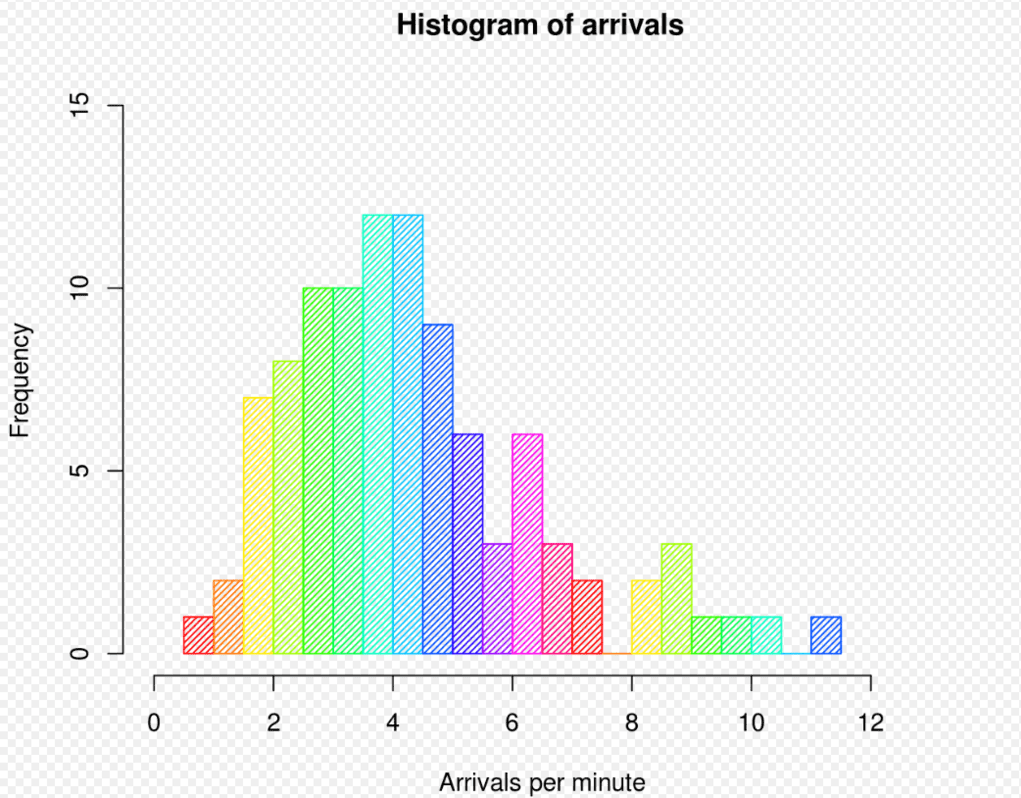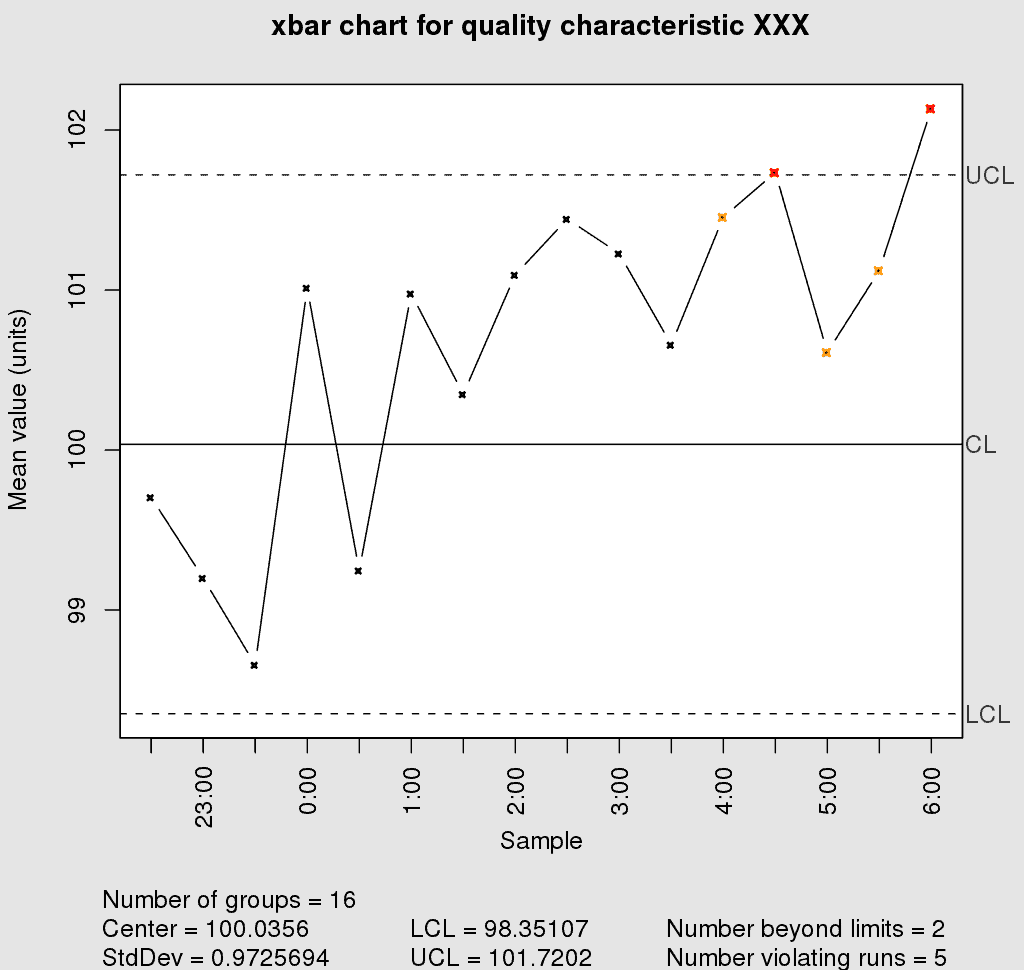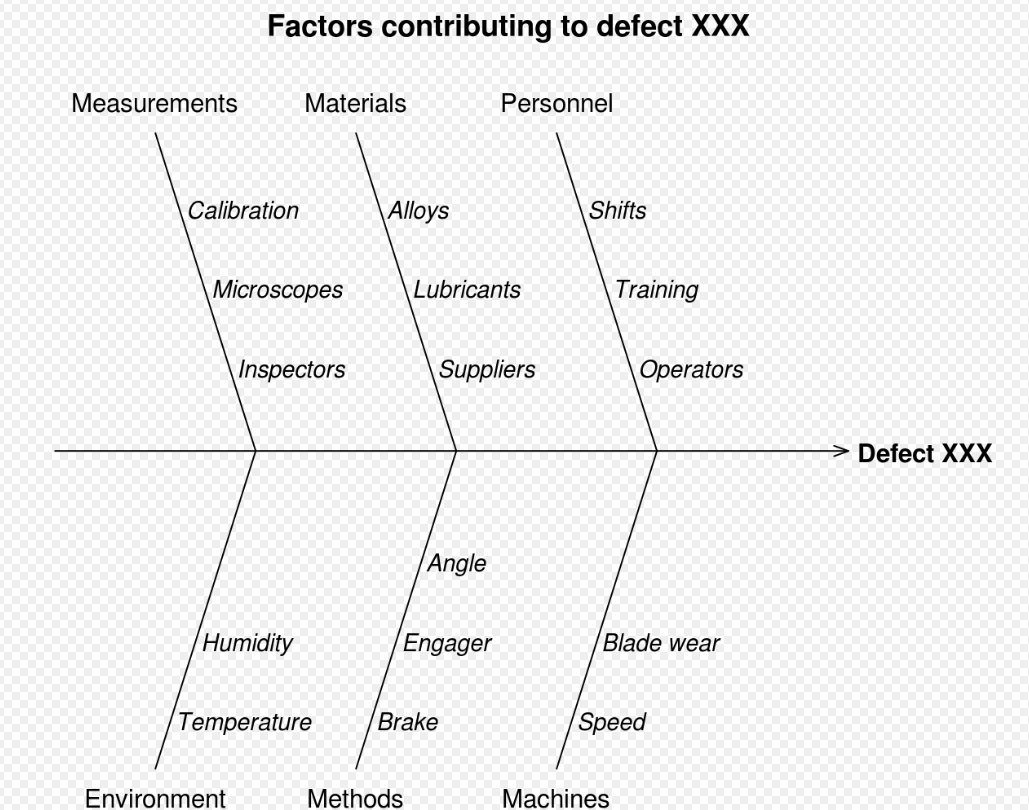Quality is about continuous improvement. To make any progress, you have to constantly check your processes to see what you’re doing wrong and how to fix it. Building solid processes is hard work. However, you can quickly get on the right track with the right tools. Enterprise information management (EIM) can be an essential tool in this journey, as it helps ensure that your data and information are effectively organized and accessible, allowing you to identify areas for improvement more efficiently. Below are seven quality tools that can help you increase the quality of your processes and improve your results.
Histogram

Histograms are a powerful tool to control the quantity of data you are trying to evaluate. These tools are useful for comparing samples from different experiments to find patterns or results. Histograms can help you generate new ideas to improve your product or service.
Stratification
This mathematical technique groups different data points based on the measured variables. Stratification can be used to find important trends in the data. This method also helps you gain insights and maximize its value.
Scatter diagram
A scatter diagram is another tool that can be used to manage data. Scatter diagrams can help find important trends in your data. A scatter diagram helps you visualize groups of data in relation to each other and provides some guidance on the areas you should focus on more.
Control chart

Control charts are useful for evaluating and managing the quality of work. Control charts can help you understand the number of tasks assigned to different people in your company and set targets and goals. They also help you see and focus on areas where you are having issues. These handy helpers determine where your processes need improvement, and your company’s opportunities lie.
Check sheet
Check sheets are useful tools for tracking a process. A check sheet collects all the important information that a person needs to carry out a task. It can also help you to manage things like finish time, data error rate, and problem resolution. In addition to visual tools like check sheets and cause-and-effect diagrams, leveraging a reliable time tracking tool for employees can provide valuable data on task durations and productivity trends, which are essential for identifying inefficiencies and areas for process improvement.
Flowcharts
We are sure you have already used flowcharts somewhere and know what it is about. Flowcharts are a tool for monitoring the flow of information or business process. Also, flowcharts can be used to help you develop processes that are easy to follow and communicate. They are some of the most commonly used tools for quality process improvement. You can use process improvement tools to boost your sales, help improve customer service, or to reduce costs.
Cause-and-effect diagram

You can use a cause-and-effect diagram to measure the effectiveness of your product. It can help you to measure and improve your product quality. A cause-and-effect diagram helps you to identify where your process is going wrong. Using a cause-and-effect diagram will help you find the root cause of the issue, helping you to address the problem.
Conclusion
Each tool listed is special in its own right, and we are sure they will help you progress. Everything depends on you and what you need. You need to think carefully so that you can move on. Good luck!
